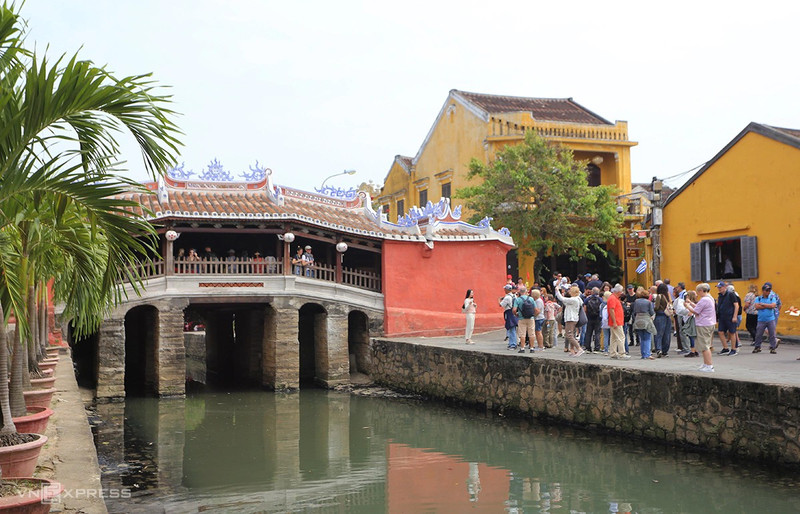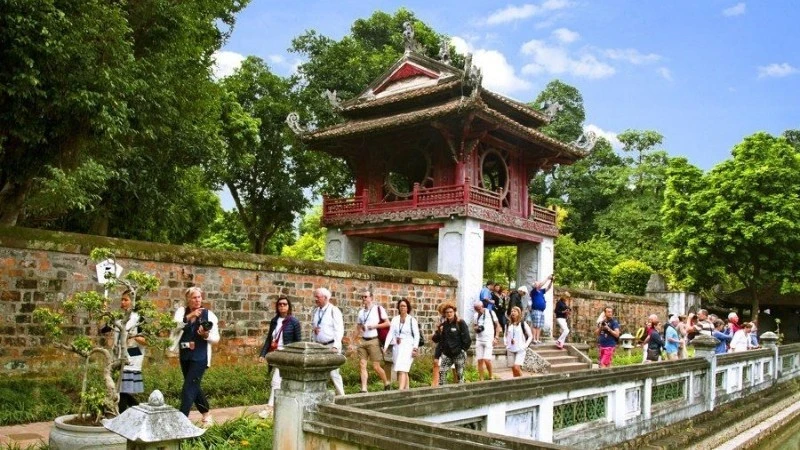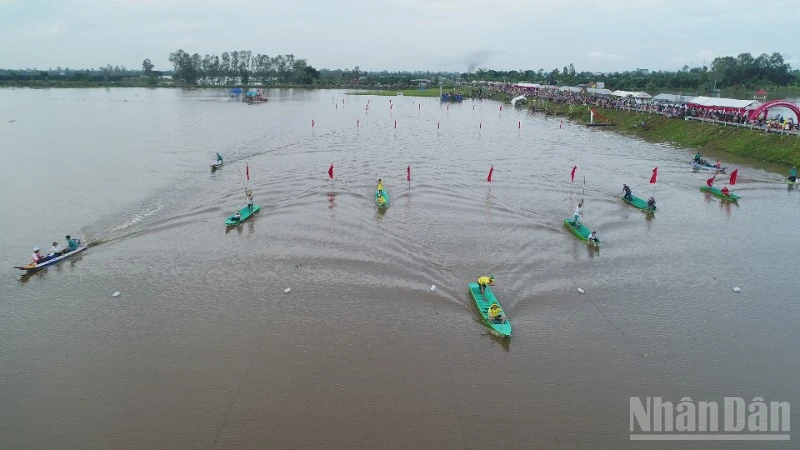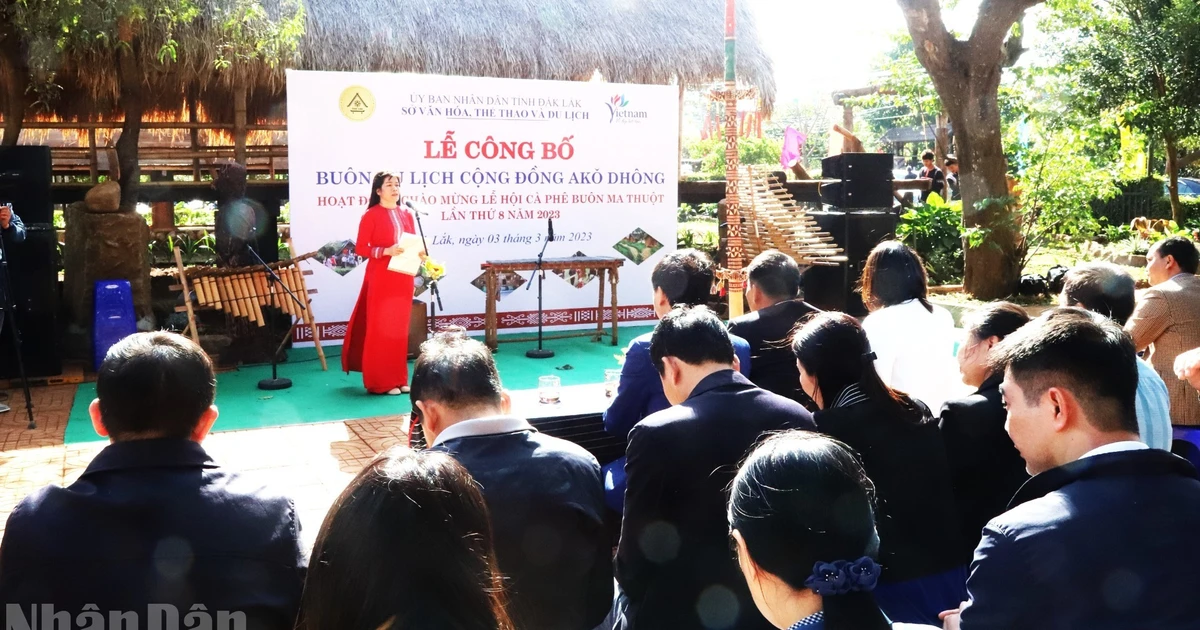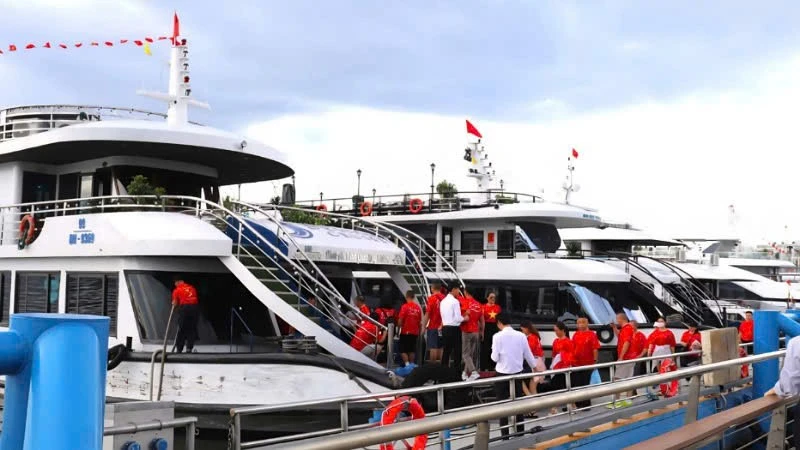Unlocking new avenues for development
On the morning of 12 June, the National Assembly passed a resolution approving the reorganisation of provincial-level administrative units, reducing the number of provinces and centrally governed cities from 63 to 34. This landmark decision underscores the government’s firm political will to streamline bureaucracy, reduce public expenditure, optimise resources, and enhance administrative performance.
For the tourism sector, changes to administrative boundaries present strategic opportunities for transformation. Under the new framework, localities will find it easier to coordinate in managing tourism resources, develop interconnected infrastructure, and design cohesive tour routes—thereby fostering a seamless, appealing, and sustainable tourism value chain.
Moreover, this is an opportune moment for the tourism industry to transition from a fragmented model based on individual provinces to a more comprehensive regional and inter-regional approach.
Nguyen Tien Dat, Vice Chairman of the Ha Noi Tourism Association, believes that the merger of provinces and cities will generate numerous opportunities for tourism development.
He notes that it will not only facilitate inter-regional tours but also encourage innovation and the diversification of tourism offerings.
Changes to administrative boundaries present strategic opportunities for transformation. Under the new framework, localities will find it easier to coordinate in managing tourism resources, develop interconnected infrastructure, and design cohesive tour routes—thereby fostering a seamless, appealing, and sustainable tourism value chain.
Sharing this perspective, Nguyen Phi Hong Nguyen, Deputy Head of the Khanh Hoa Travel Association, remarked that the merger will help maximise regional economic potential, replacing the former inefficiencies of cross-provincial coordination. Administrative procedures will also become significantly more streamlined.
In terms of tourism products, the broader scale post-merger gives localities improved conditions to develop more diverse and abundant offerings.
Following the merger, Khanh Hoa and Ninh Thuan will collectively form the province with the longest coastline in Viet Nam. These localities share many cultural similarities, particularly the Cham heritage, which provides fertile ground for both coastal and cultural tourism development.
Additionally, the combined area boasts a thriving forest ecosystem rich in biodiversity, creating strong potential for eco-tourism spanning sea to forest.
Khanh Hoa - with Nha Trang as its tourism hub and a well-established system for training tourism professionals - will serve as a catalyst for accelerating tourism growth in Ninh Thuan.
From a business standpoint, many travel agencies and tourism service providers across Khanh Hoa and Ninh Thuan have already built long-standing partnerships via linked tour routes, shared resources, and operational support. The merger is unlikely to disrupt these ties; rather, it presents new avenues to deepen and expand cooperation.
This consolidation also paves the way for joint training programmes, inter-regional product development, and a more robust tourism ecosystem. Such initiatives will bolster sustainable, high-quality tourism that responds effectively to increasing visitor expectations and demand for premium experiences.
Shifting from local promotion to destination branding
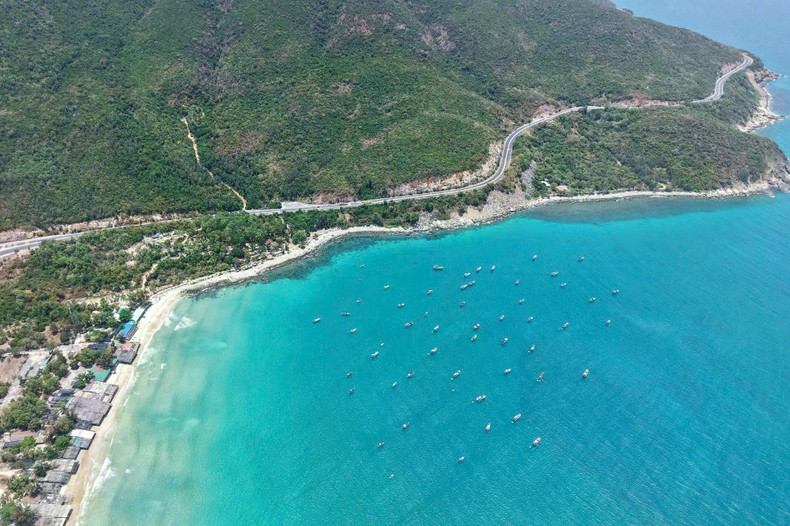
In response to concerns that the mergers could impact destination branding, Pham Ha, Chairman of Lux Group, contends that what truly matters is not which locality a destination falls under, but the experience it provides.
“Travellers do not choose a destination based on provincial boundaries—they choose based on the quality of the experience, the scenery, and whether it suits their preferences,” he stated.
Pham highlighted that tourism promotion has historically centred around provincial names, while what truly entices tourists is a destination’s uniqueness and appeal.
For instance, nature and sea lovers may visit Ha Long Bay to unwind, paying little attention to whether it's located in Quang Ninh or Hai Phong. What attracts them are pristine beaches, scenic beauty, and good service—not administrative designations.
From this point of view, he advocates a shift in strategy: localities should focus on promoting destinations rather than provinces.
Provinces and cities are administrative constructs. Changing their names does not diminish the value or identity of tourist destinations—the essence of tourism branding lies in the destination itself and the experience it delivers.
The merger impacts only the scale of administrative governance, not the identities of popular destinations. Iconic places will be preserved to ensure continuity in communications, promotion, and brand recognition. Cultural heritage and historical value will continue to be upheld.
Nguyen Phi Hong Nguyen, Deputy Head of the Khanh Hoa Travel Association
Nguyen Phi Hong Nguyen echoed this sentiment, asserting that administrative mergers do not negatively affect tourism, but rather elevate the competitive standing of regions on both national and international tourism maps. Names like Phan Rang and Nha Trang remain etched in the minds of travellers, thanks to their historical and cultural resonance.
“The merger impacts only the scale of administrative governance, not the identities of popular destinations. Iconic places will be preserved to ensure continuity in communications, promotion, and brand recognition. Cultural heritage and historical value will continue to be upheld,” Nguyen added.
This administrative reform is a rational and necessary step towards a leaner structure, improved resource use, and more efficient state management. Within this evolving landscape, the tourism sector must be proactive and adaptable.
Travel agencies should promptly understand administrative adjustments and revise tour routes, itineraries, and destination marketing to align with the updated map.
Localities with strong tourism potential should conduct comprehensive evaluations of their resources post-merger. This presents a golden opportunity to revamp tourism offerings, unearth new destinations, or upgrade current routes to develop well-connected intra- and inter-regional tourism clusters.
Additionally, local governments should collaborate closely with tourism enterprises on infrastructure planning, improving transport connectivity, and enhancing the promotion of newly formed inter-regional tourism experiences.
The partnership between the government and enterprises will be pivotal to unlocking tourism potential and driving economic progress and sustainable development in these restructured localities and regions.
